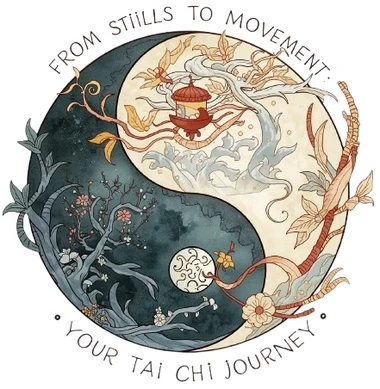Martial arts aren’t just tradition — they’re a combat multiplier. From Chinese wrestling (Jiao Shu) to naval Tai Chi, soldiers are stronger, sharper, and more resilient through structured martial practice. This isn’t about ceremony.
It’s about real-world readiness, mental focus, and mission stamina. We break down how militaries like China’s PLA and U.S. Marines use martial arts to build better warriors — and why it works.

What Is Military Martial Arts — and Why Does It Matter?
Forget movie choreography. Military martial arts are practical, repeatable, and results-driven. Think: close-quarters control, stress inoculation, and physical endurance under fatigue.
“Military Jiao Shu — derived from Chinese wrestling — is built for control and takedowns, not points or performance.”
It’s not a nice-to-have. It’s must-have training for real missions.
How Is China’s Military Using Martial Arts Today?
China’s armed forces blend tradition with tactical needs.
- Military Jiao Shu (Chinese Wrestling): Used in武警工程大学. Integrates throws, locks, and ground control — adapted from Shuaijiao.
- Waterfront Tai Chi for Sailors: Yes — Tai Chi on warships. Southern Theater Navy units use it to improve balance on unstable decks, reduce chronic stress and fatigue, and maintain mental clarity during long missions.
- Wushu Squads at Grassroots Level: Soldiers like Jiang Yusheng turned personal kung fu skills into unit-wide training — improving coordination, reaction time, and even situational awareness during patrols.
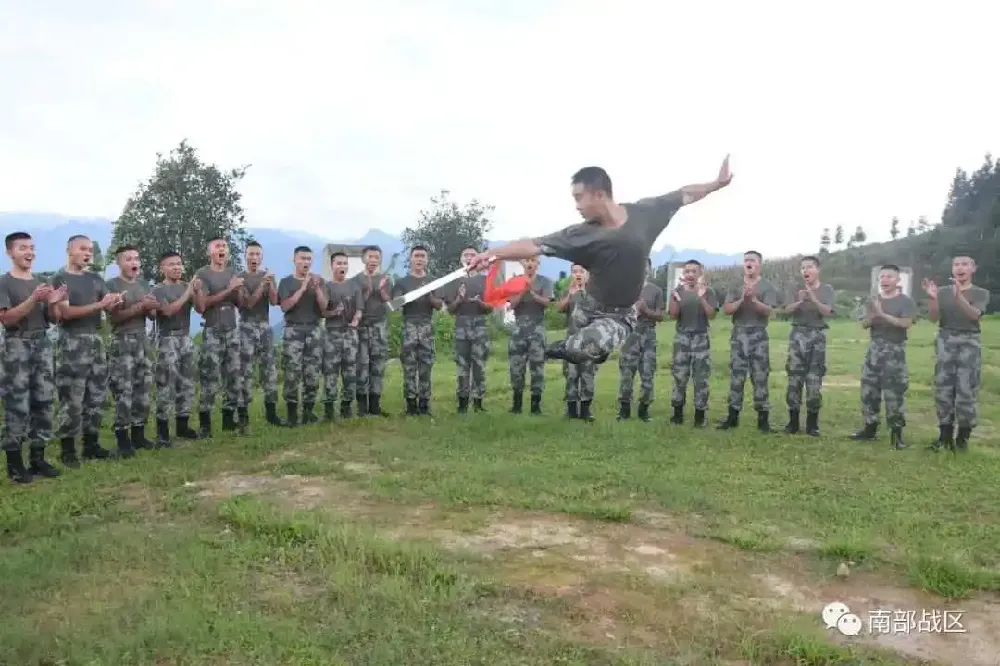
Does Martial Arts Training Actually Improve Combat Performance?
Let’s be clear — this isn’t theoretical.
Case in Point: During a border drill, soldiers using Yuejia Quan (a traditional fist style) integrated “chain strikes” and “entanglement hands” into close-combat scenarios. Result? Faster neutralization — without weapons.
Why It Works:
- Trains muscle memory under stress
- Builds explosive power from stable stances
- Enhances spatial awareness in tight spaces
“The best moves are simple, repeatable, and fight-ending.”
How Do Soldiers Train? Not Like You’d Expect
No fancy dojos. Often — no equipment.
Improvised Gear:
- Sandbags from old uniforms
- Wooden sticks from storage
- Rope for resistance drills
Daily Drills Look Like This:
- Warm-up: Dynamic stretching, joint rotation
- Basics Repeat: Stance work, strikes, footwork
- Partner Drills: Light sparring, reaction games
- Scenario Training: Apply moves under fatigue
It’s gritty. It’s repetitive. But it builds fighters.
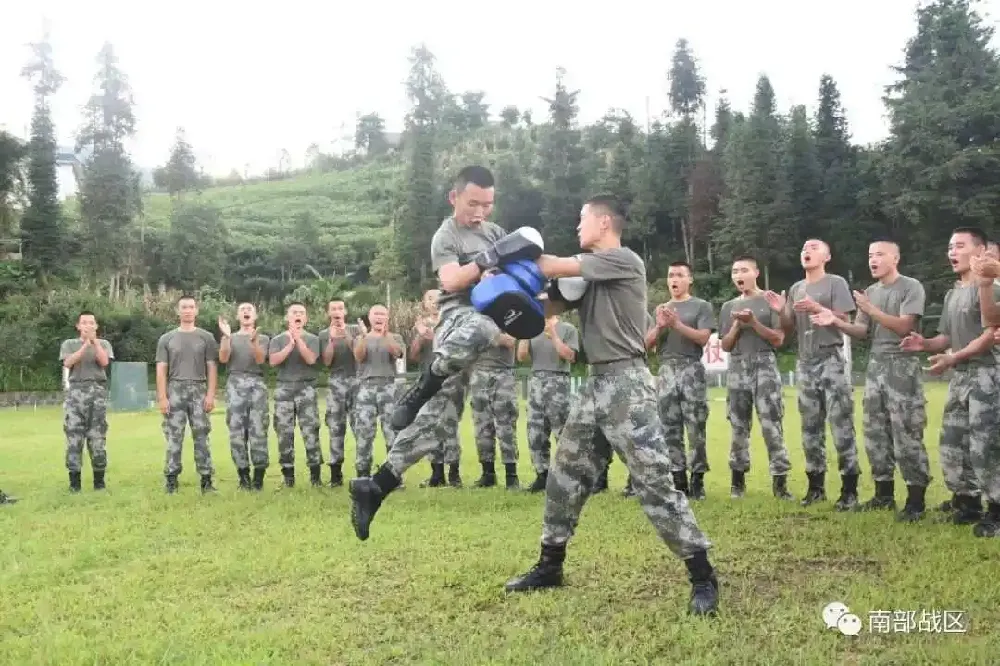
What Can We Learn from Global Military Martial Arts?
China isn’t alone.
- U.S. Marines – MCMAP: Belt-based system, emphasizes lethal simplicity, trains under stress and exhaustion.
- Russia – SAMBO: Blends judo, wrestling, and striking, adopted by Spetsnaz for its brutal efficiency.
- Israel – Krav Maga: No rules. No ceremony. Goal: neutralize threats — fast.
Different styles, same goal: win the fight, survive the mission.
Bottom Line: Should Every Soldier Train Martial Arts?
Yes. Not because it’s ancient — but because it’s effective.
Martial arts build:
- Physical dominance
- Mental calm under pressure
- Team trust through paired drills
- Mission readiness — armed or unarmed
“A soldier who can control his body can control the situation.”

How Do Soldiers Actually Train in Martial Arts? (No Nonsense Version)
Let's get one thing straight: this isn't a martial arts demo. There are no flashing lights or bowing. Just sweat, repetition, and real-world application.
Here's how a typical session breaks down in a PLA Wushu squad:
The 3-Tier Training System
- Level 1: Foundation Building (Weeks 1-4): Stance mastery and basic movement patterns
- Level 2: Skill Integration (Weeks 5-8): Shadow combat and reaction training
- Level 3: Application (Weeks 9+): Partner drills and scenario training
The 15-Minute Daily Warrior Routine
No time? No problem. This is what many soldiers do for maintenance training:
- Morning (5 minutes): Dynamic stretching, stance holds, breath work
- Evening (10 minutes): Technique review, mobility work, mental rehearsal
What's the Real Physical Toll - And Is It Worth It?
Let's be honest: this training hurts.
But here's what they gained:
- Functional Strength: Not gym muscles. Usable power.
- Injury Resilience: Fewer twisted ankles on patrol, fewer back injuries
- Kinetic Intelligence: Knowing how your body moves in space
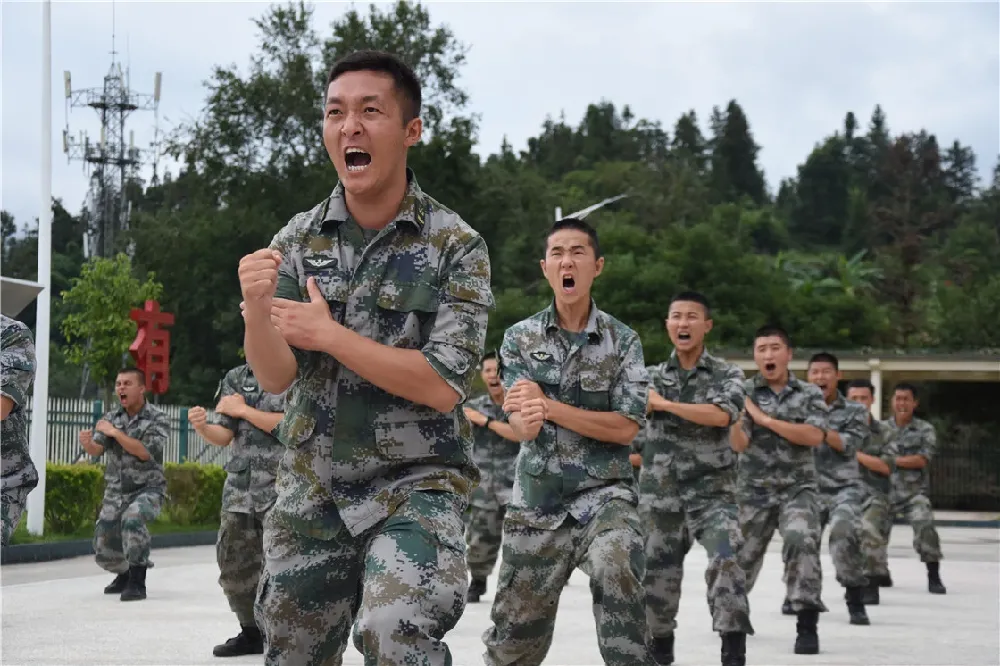
Beyond the Physical: The Mental Game You Didn't See Coming
Here's the secret most articles miss: military martial arts are 70% mental.
That's why the mental training matters as much as the physical:
- Stress Inoculation: Building stress tolerance through repeated exposure
- Decision Drills: Making effective responses automatic
- Emotional Regulation: Breathing control and focus drills
"The difference between a good soldier and a great one often comes down to who keeps thinking when everyone else is reacting."
The Truth About Traditional vs. Modern Military Training
The winning combination? Ancient principles, modern science.
- Traditional Methods That Still Work: Stance training, breath control, partner drills
- Modern Enhancements That Make It Better: Biomechanics, recovery science, video analysis
The Results Speak for Themselves
Don't take my word for it. Look at the data from one武警 unit after implementing martial arts training:
- 34% improvement in close-quarters combat test scores
- 28% reduction in training-related injuries
- 41% increase in squad coordination scores
"I used to dread hand-to-hand training. Now I understand the principles, I feel confident I can control a situation without my weapon." - Corporal Li, 25
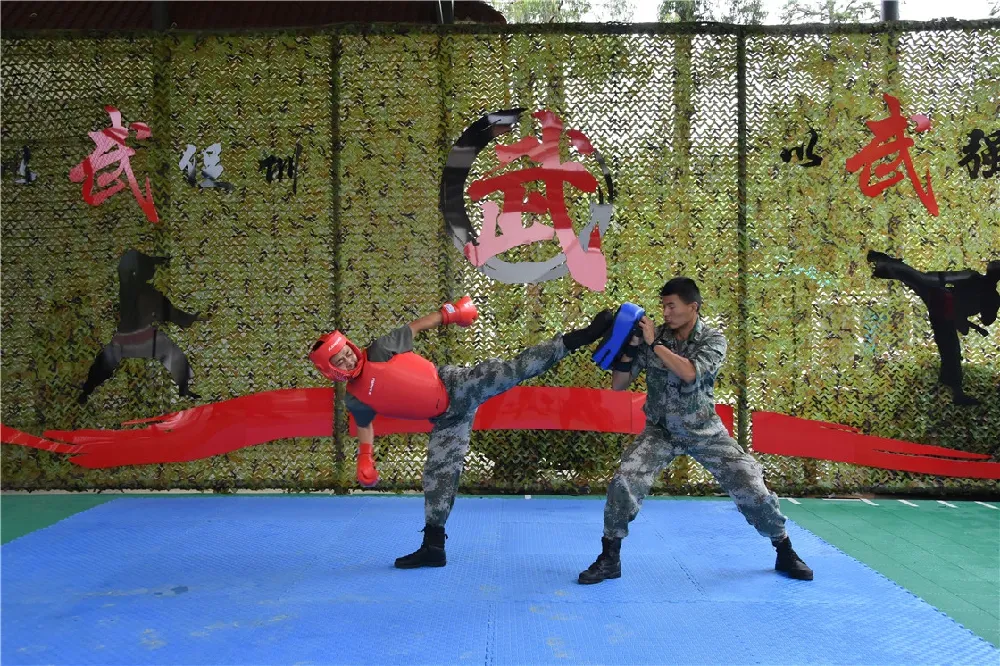
What If You're Not in the Military? Can This Help You?
Absolutely. The principles translate perfectly to civilian life:
- For Self-Defense: Situational awareness beats fancy techniques every time
- For Fitness: Functional strength > aesthetic muscles
- For Personal Development: The discipline of daily practice
Military Martial Arts Training Methods You Can Start Today
Want to train like a soldier? Here's the good news: you don't need a military base or special equipment.
Your Personal Military-Martial Arts Training Plan
Ready to stop planning and start training? Here's your 12-week progressive program:
Phase 1: Foundation (Weeks 1-4)
- Focus: Body Control & Basic Patterns
- Key Exercises: Joint warm-up, stance holds, basic footwork
- Progression Metric: Hold each stance 50% longer than week 1
Phase 2: Integration (Weeks 5-8)
- Focus: Connecting Movements & Building Endurance
- Add These Sessions: Power drills, endurance circuits, partner work
- Key Skill: Maintain technique while fatigued
Phase 3: Application (Weeks 9-12)
- Focus: Real-World Readiness
- Advanced Methods: Environmental training, stress drills, scenario training
- Weekly Challenge: Progressively add difficulties and distractions
The Soldier's Mindset: Your Secret Weapon
Technical skill alone doesn't cut it. Here's how to develop the mental edge:
- Daily Mindset Practice: Intention setting, focused training, reflection
- When Motivation Fades: Remember your "why", scale back but don't skip, focus on consistency
"Motivation gets you started. Discipline keeps you going. Purpose makes it meaningful."

Troubleshooting Common Training Problems
- Problem: "I keep missing sessions": Implement the 5-minute rule
- Problem: "I'm not seeing progress": Film yourself weekly, compare month-to-month
- Problem: "The techniques feel awkward": Perfectly normal - takes 3-6 months for basics to feel natural
Your Personal Progress Dashboard
Track these metrics weekly:
- Physical Markers: Stance stability, recovery heart rate, technique consistency
- Mental Markers: Focus duration, stress response, movement confidence
Beyond 12 Weeks: The Long Game
Soldiers don't stop after basic training. Neither should you.
- Next Level Training: Specialization, cross-training, teaching
- The Warrior's Journey: Month 4-6 refine techniques, Year 2+ mastery through teaching
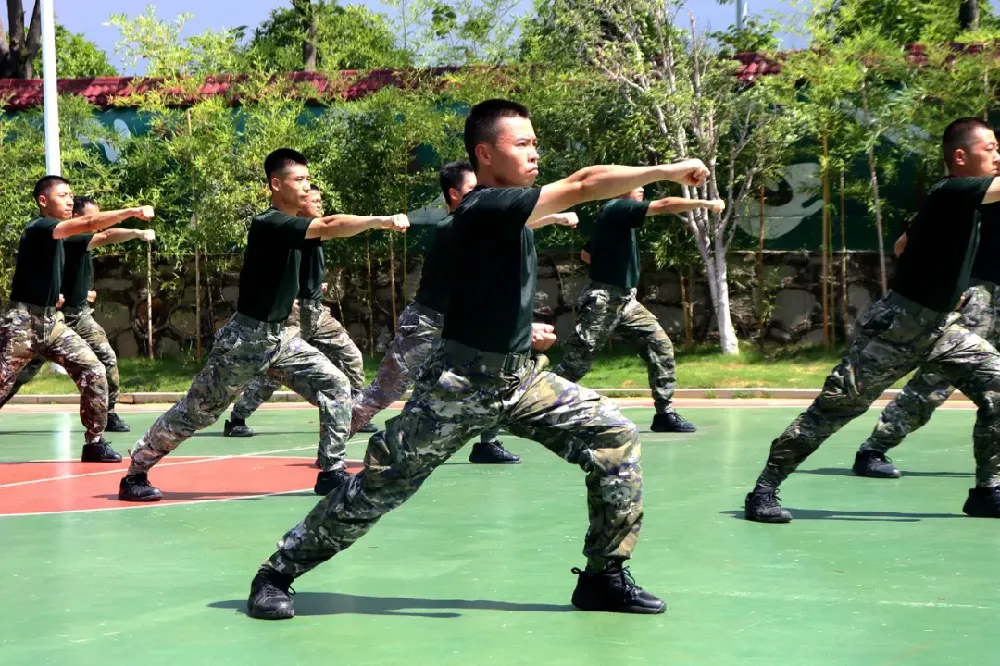
Your Action Plan Starts NOW
This Week:
- Schedule your training sessions
- Clear your training space
- Commit to the first 7 days
- Find an accountability partner
First Month Success Checklist:
- Establish consistent schedule
- Master basic stances
- Develop daily habit
- Notice one physical improvement
"The best training program is the one you actually do. Start small, think big, be consistent."
Military Martial Arts: Your Questions Answered
What is military martial arts training?
Military martial arts are combat systems specifically designed for soldiers. Unlike traditional martial arts, they focus entirely on practical application, stress training, and mission-effectiveness. Think close-quarters combat, weapon integration, and mental resilience - not belts or forms.
How does martial arts help soldiers in combat?
Martial arts training gives soldiers three key advantages: Situational control through takedowns and restraints Weapon retention skills for close encounters Stress management through repetitive scenario training It's the difference between reacting and responding effectively under pressure.
What martial arts do US Marines learn?
The Marine Corps Martial Arts Program (MCMAP) combines: Striking from boxing and kickboxing Grappling from wrestling and jujitsu Weapons training with knives and rifles It's a complete system focused on mission success rather than style purity.
Can martial arts really improve military performance?
Absolutely. Studies show soldiers with martial arts training demonstrate: 34% better close-quarters engagement results 28% fewer training injuries Significantly improved squad coordination The combination of physical readiness and mental focus creates more effective warfighters.
What is Chinese military Jiao Shu?
Jiao Shu is China's military wrestling system, derived from traditional Shuaijiao but optimized for: Quick takedowns in gear Control techniques for detainment operations Standing grappling for weapon retention It's been part of武警 training for decades because it works in real situations.
How is Tai Chi used in military training?
Naval units practice "Waterfront Tai Chi" to address specific challenges: Balance enhancement on moving ships Stress reduction during long deployments Injury prevention through improved body mechanics It's not about slow movements - it's about controlled effectiveness.
What makes military martial arts different from civilian training?
Three key differences: Mission-focused - every technique serves an operational purpose Stress-tested - training occurs under fatigue and pressure Integrated - combines with weapons, gear, and team tactics
How long does it take to see benefits from military-style martial arts?
Most personnel report noticeable improvements within weeks: 2-4 weeks: Better balance and body awareness 1-2 months: Genuine self-defense capability 3+ months: Significant stress resilience Consistency matters more than intensity.
What's the best martial art for military use?
There's no single "best" system - that's why modern militaries use hybrids: Israel: Krav Maga for instinctive responses Russia: Sambo for comprehensive grappling China: Jiao Shu for takedowns and control US: MCMAP for balanced skill development The best system is the one that addresses specific mission requirements.
Can civilians benefit from military martial arts training?
Yes - the principles translate perfectly to civilian life: Practical self-defense skills that work under stress Functional fitness that improves daily life Mental resilience that helps in high-pressure situations You don't need to be a soldier to benefit from soldier-tested training methods.
How do special forces martial arts differ from regular military training?
Special operations units take it deeper with: Advanced weapon integration Multiple opponent scenarios Environmental adaptation training Mission-specific technique development The intensity and complexity match their operational demands.
What role does mental training play in military martial arts?
Many experts say mental preparation is 70% of the battle. Training includes: Stress inoculation through realistic scenarios Decision-making under fatigue Emotional control during confrontation The body performs what the mind practices.
Are traditional martial arts still relevant for modern soldiers?
Absolutely - when properly adapted. For example: Tai Chi principles improve balance and recovery Traditional stances build functional strength Breathing techniques enhance stress management The key is extracting practical elements and leaving ceremonial aspects behind.
